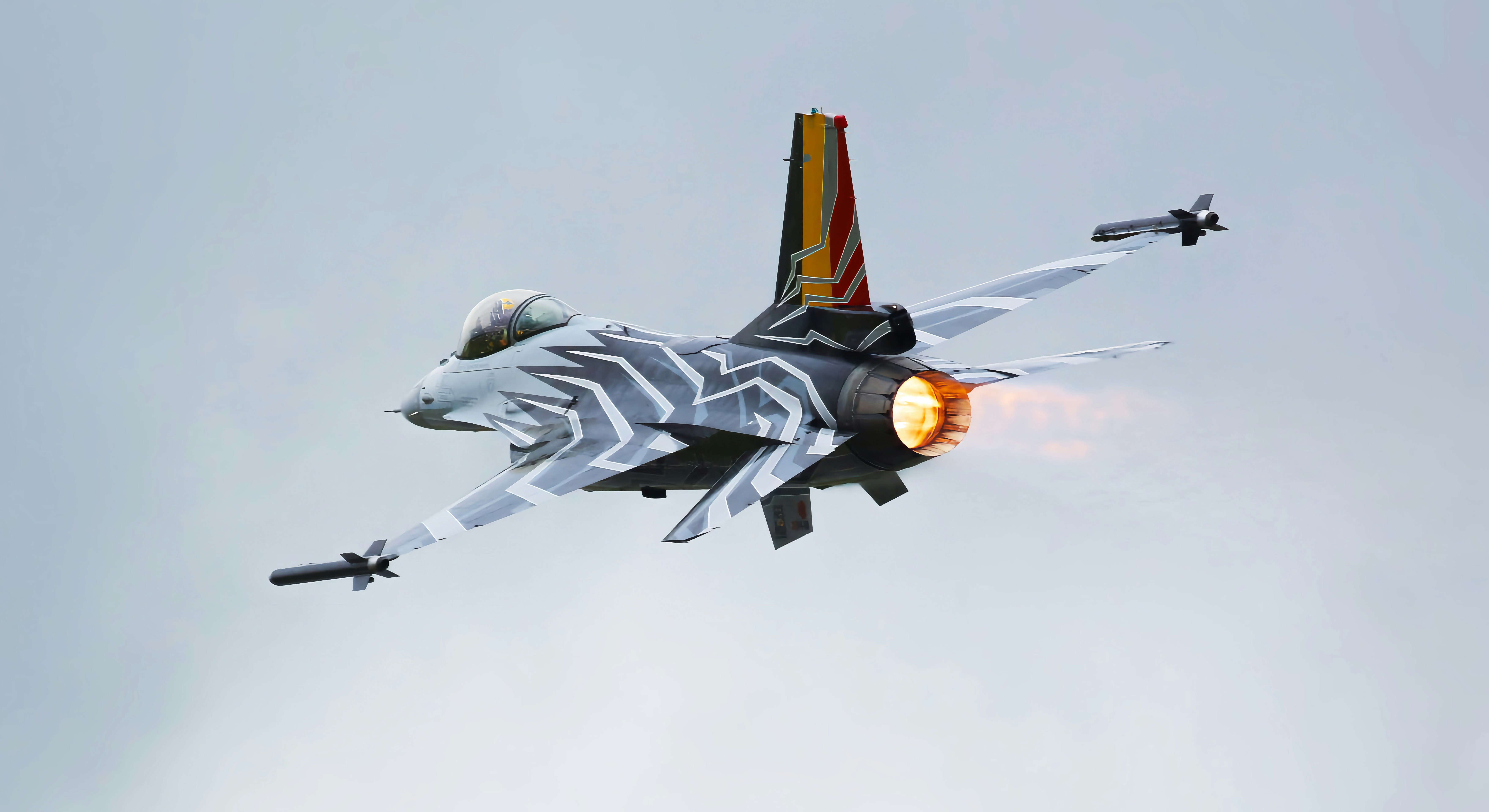So the United States Air Force has done it, they’ve stuck an AI into an F-16 and let it fly solo over California. No training wheels. No human override. Just a machine pulling Gs and making decisions at Mach speeds.
It’s a huge milestone. But it’s not happening in isolation. Alongside it, the UK is pushing forward with Quantum Navigation, another quietly radical leap that, when combined with AI pilots, might just rewrite how military aviation works.
Let’s unpack it, because this isn’t just another fighter jet story. This is about humans becoming the backup system.
The Jet Is Just the Frame
Let’s start with the plane. The F-16 isn’t new, it rolled out in the ‘70s, and yet it’s still flying, still lethal, and still the backbone of many air forces. Ukraine’s about to get its own batch, which says something.
But the real magic of the F-16 was never just the airframe. It was always the pilot. Fast turns, 9G pulls, split-second dogfight decisions, none of it matters if the person in the cockpit is untrained, slow, or just plain average.
And that’s more common than people realise. Plenty of countries have shiny jets lined up on pristine aprons… but their pilots? Not exactly Top Gun material. Think money-rich, combat-poor nations , you know the ones.
Humans: Expensive, Valuable, and Alarmingly Fragile
Training a fighter pilot is brutally expensive. Thousands of flight hours. Decades of institutional knowledge. Teams of engineers. Simulators. Medical checks. Psychological screening. You don’t just find someone who can pull 9G turns and call it a day, it’s like running a dozen Formula One teams to keep a single airframe lethal.
And once you’ve got that asset? You really don’t want them getting shot down over enemy territory with a head full of classified info.
That’s where AI comes in.
AI Doesn’t Care About Gs or Politics
Strap an AI into the cockpit and suddenly all the human limitations vanish.
It doesn’t black out under G-force. It doesn’t need sleep, oxygen, or trauma counselling. It doesn’t hesitate or panic or wonder what happens if it dies, because it doesn’t. Worst-case scenario? You re-upload the code into a new jet and try again.
Even better, the AI pilot can push the jet harder than any human ever could, fly more aggressively, make tighter turns, take more risks. When it gets taken out, there’s no pilot to recover, no body to bury, and no intel to be tortured out of them on camera.
This isn’t just a tactical advantage. It’s a complete rebalancing of how air power works.
Add Quantum Navigation to the Mix…
Now add in something even sneakier: Quantum Navigation (QN). Because here’s the thing , GPS can be jammed. The Russians have been doing it effectively in Ukraine. Without GPS, even the smartest missile or drone can end up looking like a lost tourist.
QN doesn’t care about jamming. It doesn’t even talk to satellites.
Instead, it uses quantum accelerometers, ultra-cooled atoms that act so predictably under motion that they can track movement with absurd precision. Start with a known location, measure acceleration and rotation, and boom, you know where you are, no satellites needed.
Developed by the clever bunch at Imperial College London and the University of Birmingham (under the UK Quantum Technology Hub), it’s already being tested by the Royal Navy. And if it scales? Say goodbye to GPS dependence. Good luck jamming that.
A New Breed of Jet: Faster, Smarter, Uncaring
So now imagine an aircraft that doesn’t have a human inside, doesn’t need satellites to know where it is, can fly to the edge of what the airframe can handle, and can make split-second decisions faster than anything alive.
That’s what we’re building. AI on the stick. Quantum nav under the hood. Stealth, speed, and software in perfect sync.
It’ll outmanoeuvre human pilots. It won’t flinch under fire. And it’ll get better with every mission, because the AI learns. The first version might be cautious. The third might be bold. The tenth? Unstoppable.
But Then There’s the Whole… Terminator Problem
All of this sounds impressive until you remember what it sounds like.
An AI-controlled fighter jet using unjammable navigation, making kill decisions at machine speed? We’ve seen this movie before. And the ending wasn’t great.
It raises the same old uncomfortable questions:
Who’s in control?
What happens when the software decides the rules aren’t efficient enough?
What happens when both sides have AI pilots and zero incentive to hold back?
It’s easy to laugh about Terminator references, until we realise we’re walking straight into the script. The sad part? Just like Oppenheimer and the Manhattan Project, the argument remains the same: “If we don’t do it, they will.”
And they probably already are.
Final Thought
This isn’t sci-fi anymore. It’s test-flown, prototyped, and entering doctrine.
The skies are changing. The pilot isn’t in the cockpit. And the map no longer needs a signal to know where it is.
Ready or not, this is the new face of air power. And unlike us, it doesn’t blink.
